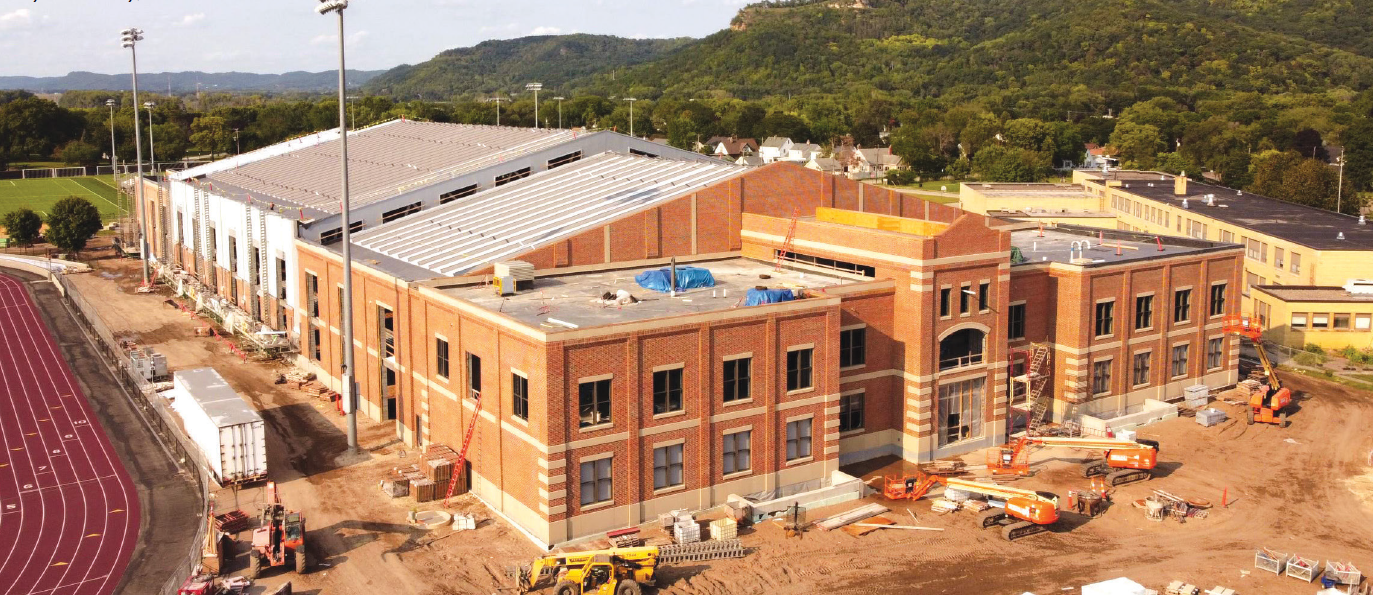 Masonry under construction must be temporarily braced until the final lateral support system is in place. The importance of this bracing is paramount to the safety of both the general public and those involved with the project under construction. The Standard Practice for Bracing Masonry Walls Under Construction provides engineering principles and properties for rationally design bracing systems for masonry walls under construction. Internal bracing, or using the developing strength of the masonry assembly, can provide significant benefits to a project team. To support the engineering community in the use of structural masonry, including effective and efficient temporary bracing, the International Masonry Institute has funded this guide.
Masonry under construction must be temporarily braced until the final lateral support system is in place. The importance of this bracing is paramount to the safety of both the general public and those involved with the project under construction. The Standard Practice for Bracing Masonry Walls Under Construction provides engineering principles and properties for rationally design bracing systems for masonry walls under construction. Internal bracing, or using the developing strength of the masonry assembly, can provide significant benefits to a project team. To support the engineering community in the use of structural masonry, including effective and efficient temporary bracing, the International Masonry Institute has funded this guide.
Bracing masonry walls under construction is a life safety necessity that is mandated by each state’s legally adopted building code through the referenced masonry standards. The 2011 ‘Specification for Masonry Structures’ (TMS 602/ACI 530.1/ASCE 6) was adopted by the 2012 International Building Code for masonry construction and contains requirements for the mason contractor to ‘Design, provide, and install bracing that will assure stability of masonry during construction.’ Bracing is also part of federal occupational safety requirements including national regulations -- OSHA Safety and Health Regulations for Construction (CFR 29) Part 1926.706 and locally adopted regulations -- Michigan’s MiOSHA Construction Standard Part 2, as an example. Bracing protects project workers as well as the general public who may access the site, be passing by, or even occupying adjacent facilities or spaces.
Masonry bracing is typically designed by an engineer retained by the project’s mason contractor, although there is some movement in the industry to incorporate Internal Bracing capacity into the project’s construction documents prepared by the Engineer of Record. There is an industry standard for bracing masonry walls: ‘Standard Practice for Bracing Masonry Walls Under Construction’, 2012, sponsored by IMI and the Mason Contractors Association of America (MCAA) and published by MCAA. There also are compiled examples and technical literature available through industry sources as well as proprietary information for external bracing systems. This Guide applies the content of the Standard and other documents along with knowledge gained through experience to provide users with one approach to designing internally braced masonry walls.






